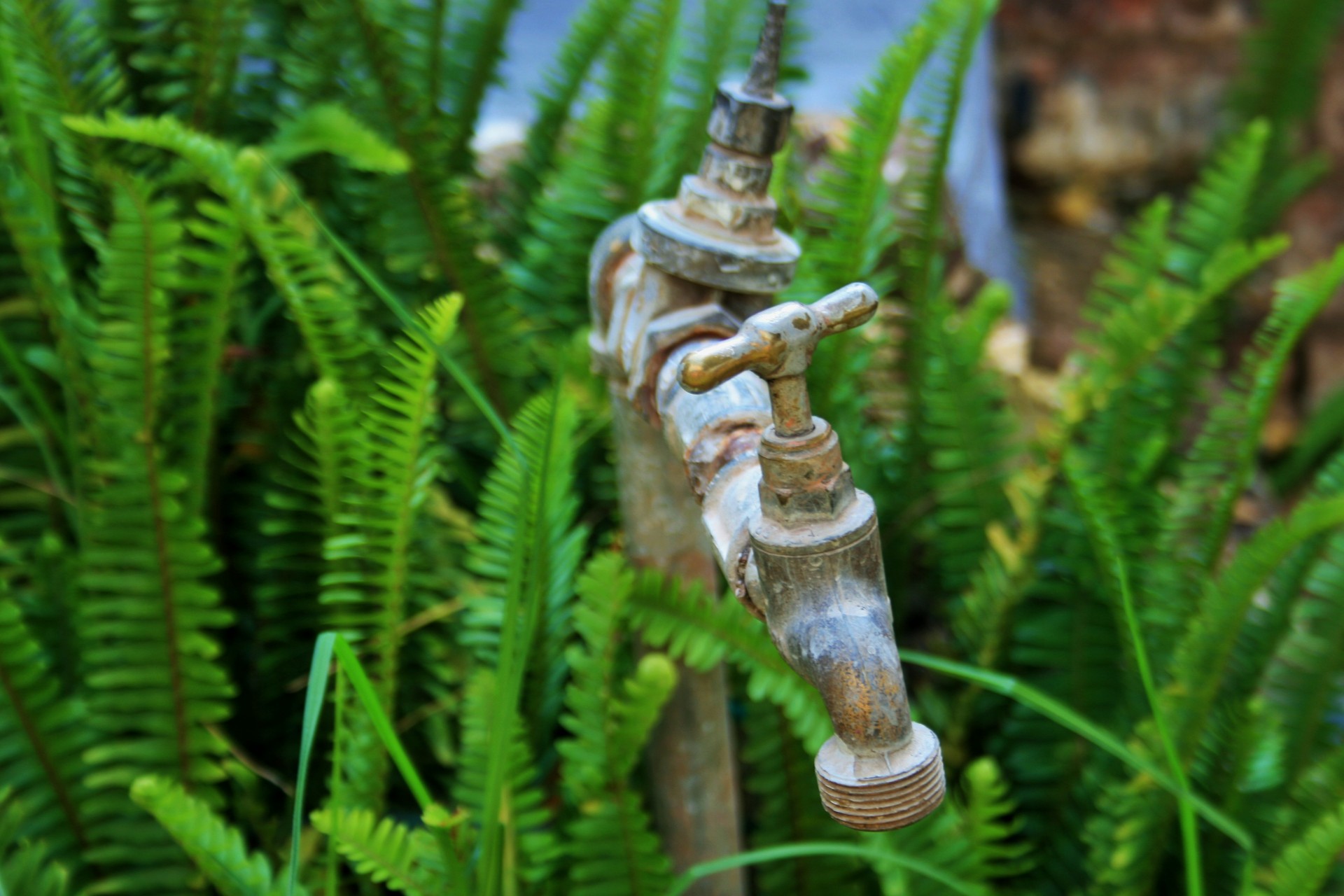Freshwater sources of Mauritius
Posted on May 14, 2018 by Yonature

Mauritius has a freshwater system arising from the central plateau and moving towards the sides of the island. Obviously, this is due to the upper regions receiving more rainfall than the lower lying areas. The mean annual rainfall is 4200 mm on the highlands and 750 mm on the coast [1]. This water then drains into rivers, reservoirs, lakes and aquifers which form part of the freshwater sources of the island.
Freshwater in the history of Mauritius
When first discovered, the island was covered wholly with forest. Woodlands tend to attract more rain as water vapour evaporation in these zones is huge and this encourages the formation of clouds [2]. When early settlers came to the island, a rich water environment was seen. Rivers meandered throughout the island, crashing into gentle waterfalls and forming life rich marshes. The Dutch governor, Lamotius, described the rivers as ‘abounding with fish’ [3]. Fishes like the Carpe and the Chitte were commonly found in rivers, as were eels and giant shrimps in lakes.
Eventually, development of the island led to deforestation to pave way for settlement and agriculture. Moreover, as sugarcane cultivation expanded over the island, wood was needed to provide energy to run the mills. This again decreased the forest area. The loss of trees decreased the amount of precipitation [3] and subsequently, the amount of water going into the water reserves.
Where does freshwater come from?
1. Rivers
The rivers of Mauritius arise from the centre where the amount of rainfall is the highest and then follow their courses towards the sea. There are 25 major rivers and 21 smaller streams that cover an area of 10.4 km2. The largest and longest river is the Grand River South East; it spreads over an area of 166 km2 and is 38.4 km in length. The shortest river is Riviere des Galets measuring only 130 m in length [4]. Intakes from 350 river abstraction points provide an average of 514 Mm3 of water per year [5].
2. Reservoirs
There are currently 11 reservoirs on the island providing a total of 92.86 Mm3 of water. They are namely
- Mare aux Vacoas (25.89 Mm3),
- Midlands (25.50 Mm3),
- La Ferme (11.52 Mm3),
- Mare Longue (6.2 Mm3),
- Eau Bleue (6.2 Mm3),
- La Nicoliere (5.26 Mm3),
- Diamamouve (4.4 Mm3),
- Piton du Milieu (2.99 Mm3),
- Tamarind Falls (2.3 Mm3),
- Valetta (2.0 Mm3) and
- Dagotiere (0.6 Mm3).
Valetta and Dagotiere are privately owned reservoirs while the rest is managed by the state.
3. Lakes
There are two natural lakes in Mauritius: Grand Bassin and Trou Kanaka. Both of them are found in the south west of the island and are actually volcanic craters that have been filled with water. Water is neither removed nor used from them.
4. Groundwater resources
Underground water is extracted from aquifers via boreholes. An aquifer is a region under the land where water accumulates because of the porosity of the soil.
There are 5 main aquifers in Mauritius:
- the aquifer of Curepipe,
- the aquifer of Phoenix/Beau Bassin/Albion-Moka/Coromandel,
- the aquifer of Nouvelle France/Rose Belle/Plaisance,
- the aquifer of Nouvelle Decouverte/Plaine Des Roches/Trou d’eau Douce and
- the aquifer of the Northern Plains [6].
Water is drilled at 339 points where soil permeability allows it. The deepest borehole that has been drilled up to now measures 172 m. The maximum volume of water that has been removed from a sole borehole is 8000 m3/day [5]. 57% of the total volume of water that is needed on the island comes from 112 boreholes. 18 boreholes have also been drilled as spares.
References:
- UN Water. Water and Climate Change. [online] Available at http://www.unwater.org/water-facts/climate-change/ [Accessed 24/04/2018]
- Sheil, D. and Murdiyarso, D. (2009). How Forests Attract Rain: An Examination of a New Hypothesis. Vol 59 (4), pp 341-347. Available at https://academic.oup.com/bioscience/article/59/4/341/346941 [Accessed 25/04/2018]
- Macmillan, A. (2000). Mauritius Illustrated: Historical and Descriptive, Commercial and Industrial, Facts, figures and Resources. New Delhi, Madras, India: Asian Educational Services, pp 104
- Toth, F.L. (1992). Models of the Water Systems in Mauritius. IIASSA Working Paper. Laxenburg, Austria: IIASSA, pp 3
- Proag, V. (2006). Water resources management in Mauritius. European Water, E.W. Publications. Vol 15 (16), pp 45-57. Available at http://www.ewra.net/ew/pdf/EW_2006_15-16_05.pdf [Accessed 24/04/2018]
- Nowbuth, M.D., Rambhojun, P. and Umrikar, B. (2012). Numerical Groundwater Flow and Contaminant Transport Modelling of the Southern Aquifer, Mauritius. Earth Science India. Vol 5 (3), pp 79-91. [pdf] Available at https://www.researchgate.net/publication/280240083_Numerical_Groundwater_Flow_and_Contaminant_Transport_Modelling_of_the_Southern_Aquifer_Mauritius [Accessed 25/04/2018]
Category: Environment Tags: abstraction points, aquifer, aquifer mauritius, aquifers in mauritius, boreholes, carpe, central plateau, chitte, cloud formation, eels, freshwater, Grand Bassin, grand river south east, groundwater, groundwater resources in mauritius, how many aquifers are there in mauritius, how many boreholes are there in mauritius, how many lakes are there in mauritius, how many reservoirs are there in mauritius, lakes, lakes in mauritius, lamotius, list of aquifer in mauritius, list of reservoirs in mauritius, list of rivers in Mauritius, longest river in mauritius, major river basins, mauritius, mean rainfall, reservoirs, reservoirs in mauritius, rivers in mauritius, rives, riviere des galets, trou kanaka, water, what is an aquifer
5 Comments on “Freshwater sources of Mauritius”
Leave a Reply Cancel reply
Get News by Email!
Categories
Search
Find Us
contact[at]yonature[dot]com
Site Links
Secure Site
Get News by Email!
Copyright © 2025 · All Rights Reserved · Yo Nature
Theme: Natural Lite by Organic Themes · RSS Feed

Pingback: Wetlands of Mauritius: Importance and Ramsar Sites - Yo Nature
Pingback: Rainwater harvesting – saving water in Mauritius - Yo Nature
Pingback: Extreme Weather: Flash floods become frequent in Mauritius - Yo Nature
Pingback: The rivers of Mauritius - Yo Nature
Pingback: Climate of Mauritius: From hail to no snow - Yo Nature